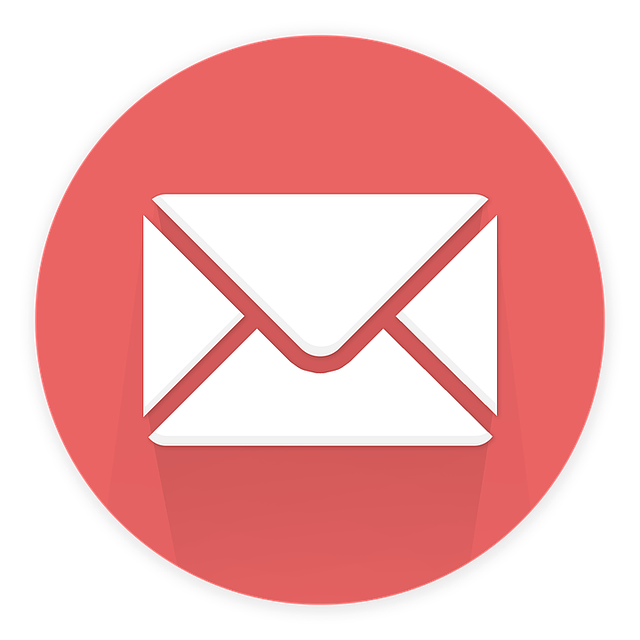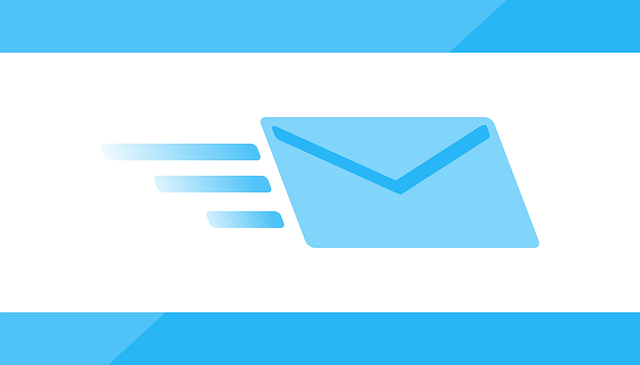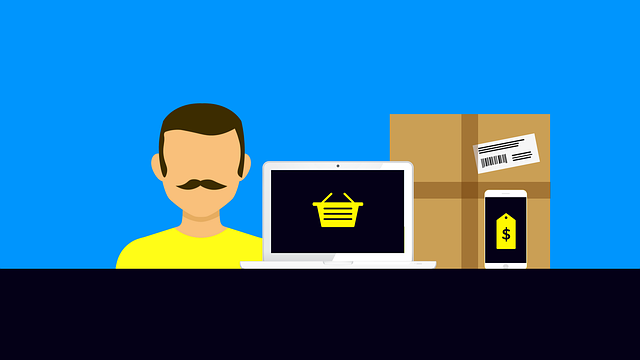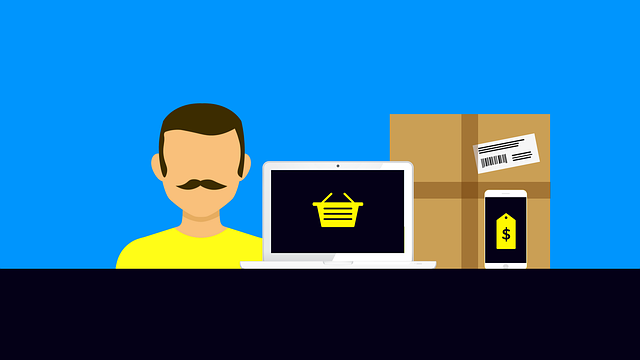In the ever-evolving world of education and e-learning, the power of email marketing cannot be underestimated. As the saying goes, ‘Knowledge is power,’ and with the right email marketing strategies, you can harness that power to drive engagement, increase enrollment, and foster a strong connection with your target audience.
To ensure your email marketing efforts are effective, it is crucial to define your target audience. By understanding their needs, preferences, and pain points, you can tailor your emails to resonate with them personally. Compelling subject lines are also essential to grab their attention and entice them to open your emails.
But it doesn’t end there. Providing valuable content that addresses their challenges and offers solutions is paramount. Automation and segmentation can help you deliver the right message to the right people at the right time, maximizing the impact of your campaigns.
Lastly, tracking and analyzing your results will allow you to fine-tune your strategies and optimize your email marketing efforts for even greater success. So, buckle up and get ready to embark on a journey of educational email marketing excellence.
Key Takeaways
- Define target audience through demographics and surveys
- Use email personalization tools for customization
- Use compelling subject lines to increase open rates
- Provide valuable and personalized content to address challenges and offer solutions
Define Your Target Audience
Defining your target audience is essential in crafting effective email marketing strategies for education and e-learning. Understanding demographics and conducting surveys are two key ways to gain valuable insights into your audience.
By understanding their age, location, interests, and educational needs, you can tailor your emails to resonate with them on a deeper level. This personalized approach increases engagement and drives conversions.
To understand demographics, analyze your existing student or customer data. Look for patterns and common characteristics to identify your target audience. Additionally, conducting surveys can provide valuable feedback and help you uncover specific pain points or interests that can be addressed in your emails.
Once you have a clear understanding of your target audience, you can personalize your emails to deliver relevant content and messages. This will keep your audience engaged and eager to open your emails, leading to higher conversion rates and a more successful email marketing strategy.
Personalize Your Emails
Crafting personalized emails is like customizing a tailored suit that perfectly fits the recipient, making them feel important and valued. Segmentation benefits are immense when it comes to email marketing for education and e-learning. By dividing your audience into specific segments based on their interests, demographics, or behavior, you can deliver targeted content that resonates with each group. This level of personalization not only increases engagement but also improves conversion rates.
To make the process easier, there are various email personalization tools available that automate the customization process based on the data you’ve collected. These tools enable you to insert dynamic content, such as the recipient’s name, location, or previous interactions with your brand. By personalizing your emails, you can grab your audience’s attention and create a connection that compels them to open and engage with your content.
Transitioning into the subsequent section about creating compelling subject lines, it’s essential to not only grab attention but also entice recipients to open your emails.
Create Compelling Subject Lines
When it comes to creating subject lines, capturing your audience’s attention is key to increasing email open rates. To optimize your email marketing strategy and increase open rates, consider the following tips for creating compelling subject lines:
-
Keep it short and concise: A short subject line is more likely to catch the reader’s attention and entice them to open your email.
-
Use personalization: Incorporate the recipient’s name or other relevant information to make the subject line feel more personalized and relevant to them.
-
Create a sense of urgency: Use words that create a sense of urgency, such as ‘limited time offer’ or ‘ending soon,’ to encourage readers to open your email right away.
By implementing these strategies, you can greatly increase the chances of your emails being opened and read.
Once you have captured their attention, the next important step is to provide valuable content that keeps them engaged.
Provide Valuable Content
Delivering valuable content is crucial to engaging your audience and cultivating strong relationships. Engaging communication is key in the world of email marketing for education and e-learning. Your subscribers are seeking information that’s relevant, informative, and valuable to their educational journey.
By providing them with well-curated content, you can establish yourself as a trusted source and keep them coming back for more. Share valuable insights, industry trends, and educational resources that’ll help them achieve their goals. Remember to personalize your content to cater to their specific needs and interests.
By doing so, you can nurture a strong connection with your subscribers and foster a sense of loyalty.
In the next section about ‘use automation and segmentation,’ you’ll discover how these strategies can further enhance your email marketing efforts.
Use Automation and Segmentation
To maximize engagement and personalize your communication, utilizing automation and segmentation is a game-changer in the world of email marketing for education and e-learning.
By automating your email campaigns, you can save time and ensure that your messages reach the right people at the right time. With segmentation, you can divide your audience into smaller groups based on their interests, demographics, or behavior. This allows you to send targeted content that resonates with each group.
This not only improves the effectiveness of your emails but also increases your email metrics, such as open rates and click-through rates. Furthermore, automation and segmentation enable you to nurture leads by sending them relevant content and guiding them through the customer journey. By doing so, you can build stronger relationships with your audience and drive conversions.
Once you have implemented these strategies, it’s crucial to track and analyze your results to further optimize your email marketing efforts.
Track and Analyze Your Results
Now that you’ve learned how to use automation and segmentation to personalize your email marketing efforts, it’s time to track and analyze your results. This step is crucial in improving your email deliverability and optimizing email timing.
By tracking the performance of your email campaigns, you can gain valuable insights into what works and what doesn’t. Use analytics tools to monitor open rates, click-through rates, and conversion rates.
Identify trends and patterns to refine your strategies and make data-driven decisions. Additionally, consider A/B testing different elements of your emails, such as subject lines or call-to-action buttons, to further optimize your campaigns.
By continuously analyzing your results, you can fine-tune your email marketing strategies and achieve better engagement and conversions.
Frequently Asked Questions
How can I effectively measure the success of my email marketing campaigns in the education and e-learning industry?
To effectively measure the success of your email marketing campaigns in the education and e-learning industry, you need to delve into the realm of allegory.
Think of your campaigns as a treasure hunt, where the metrics are the clues leading you to the treasure of success.
By tracking metrics like open rates, click-through rates, and conversion rates, you can gauge the effectiveness of your campaigns.
These insights will help you make strategic decisions and optimize your future email marketing efforts.
What are some best practices for email automation and segmentation in the context of education and e-learning?
To improve email automation and segmentation in education and e-learning, it is important to prioritize email personalization and ensure high email deliverability. Personalized emails increase engagement and conversion rates by tailoring content to individual recipients.
Implementing segmentation allows you to categorize your audience based on their interests, demographics, or behavior. This enables you to send targeted and relevant emails.
By focusing on these best practices, you can enhance the effectiveness of your email marketing campaigns and achieve better results in the education and e-learning industry.
How can I optimize my email content to increase engagement and click-through rates among my target audience?
To optimize your email content and increase engagement and click-through rates among your target audience, focus on email personalization and design optimization.
Tailor your emails to each recipient’s interests and preferences, using their name and relevant information.
Create visually appealing and mobile-friendly designs that grab attention and make it easy for readers to take action.
By combining personalized content with visually appealing designs, you’ll create emails that are more likely to engage your audience and drive them to click through to your desired actions.
Are there any legal considerations or regulations specific to email marketing in the education and e-learning sector?
To ensure compliance with legal requirements and privacy regulations in the education and e-learning sector, there are a few key considerations to keep in mind.
First, obtain explicit consent from recipients before sending any emails.
Second, include a clear and visible unsubscribe option in every email.
Third, handle personal data securely and in accordance with relevant data protection laws.
By following these guidelines, you can maintain trust with your audience and avoid any potential legal issues.
How can I build and maintain a strong email subscriber list for my education or e-learning business?
To build and maintain a strong email subscriber list for your education or e-learning business, focus on email list growth and management.
Start by offering valuable content or incentives to encourage people to sign up. Use opt-in forms on your website and social media platforms to capture email addresses.
Regularly engage with your subscribers through personalized and relevant emails. Segment your list based on interests and preferences to deliver targeted content.
Monitor and analyze your email metrics to optimize your email marketing strategy.
Conclusion
So there you have it – 10 essential email marketing strategies for education and e-learning.
By defining your target audience, personalizing your emails, creating compelling subject lines, providing valuable content, and using automation and segmentation, you’re setting yourself up for success.
Remember to track and analyze your results to continuously improve your email marketing efforts.
With these strategies in place, you’ll be able to engage and convert your audience effectively.
Start implementing these techniques today and watch your email marketing thrive!










